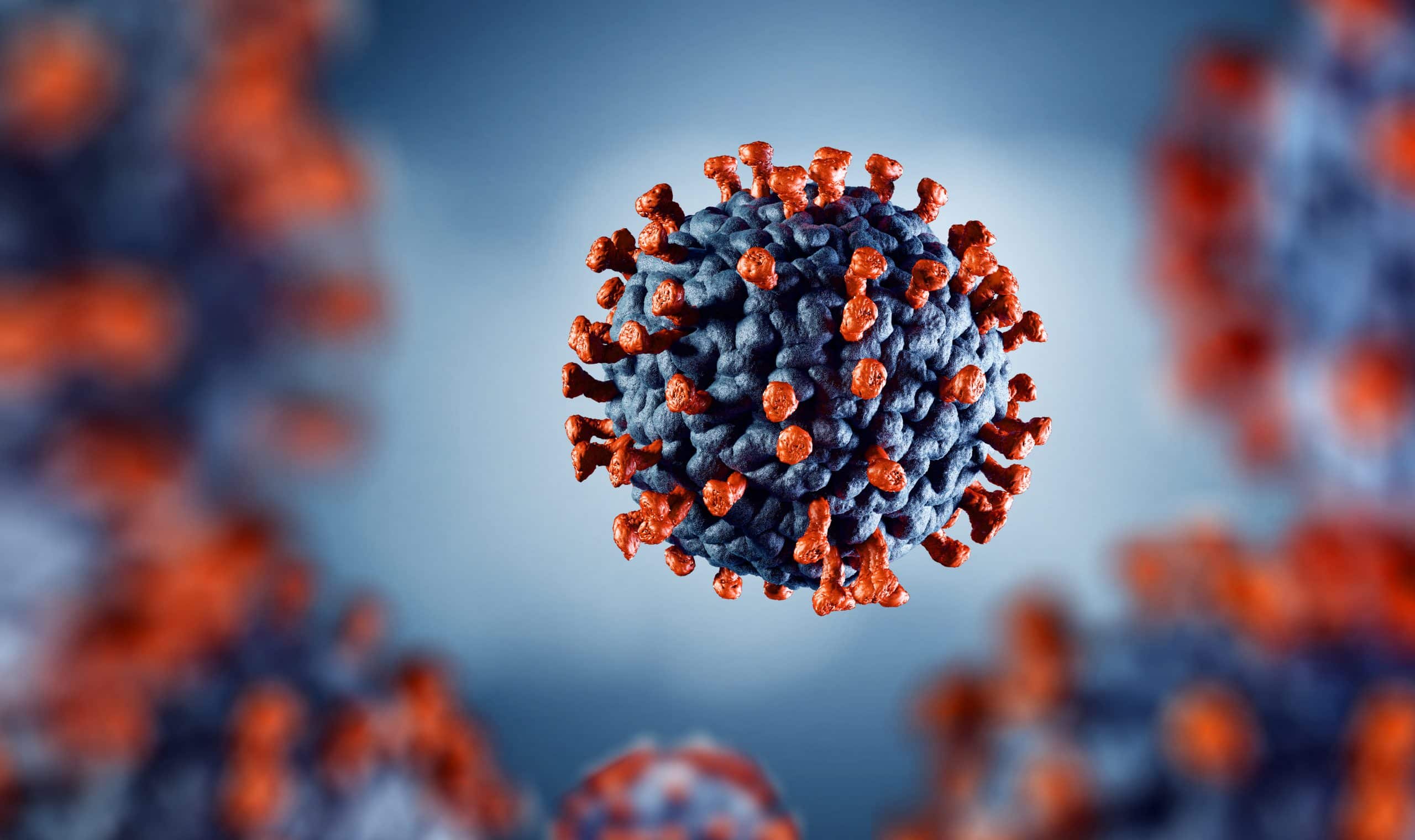
How Long Coronavirus Survives on Cardboard, Plastic and Steel?
By now it is nearly impossible that you’re not familiar with COVID-19, the name given to the disease caused by the virus SARS-CoV-2. According to data by John Hopkins University as of Tuesday, March 24, the infection has spread to at least 53,660 people across the U.S., and has caused at least 703 deaths as a result. Worldwide, these numbers rise to 417,582 confirmed cases and 18,612 reported deaths, while 107,247 people have recovered from the illness.
Scientists are puzzled by the fact that a disease caused by the most closely related coronavirus, called SARS-CoV-1, which infected over 8,000 people in China between 2002 to 2003, behaved very similarly. This comparison fails to clarify why Coronavirus has turned into a global pandemic. One theory proposes that people infected with COVID-19 may be spreading the virus without their knowledge since they can go days without serious symptoms.
That also suggests that asymptomatic infected individuals may be less likely to self-isolate. According to the authors, the results of the study also suggest that people could be getting the virus through breathing in contaminated air and by touching contaminated surfaces. This begs the question, how long does the virus survive in the air and on surfaces such as cardboard, plastic and steel?
COVID-19 Virus Stability on Various Surfaces
According to a new study published by the New England Journal of Medicine, the virus that causes COVID-19, remains “stable for several hours to days” while suspended in the air and on surfaces like plastic and stainless steel. The study found that SARS-CoV-2 was detectable in the air for upwards of three hours. On copper surfaces, the virus lasted for four hours. Here’s where the numbers start to increase: the virus stayed “stable,” which means intact, for up to 24 hours on cardboard surfaces, and when it comes to plastic and stainless steel surfaces, it lasted for 2 to 3 days.
Just how long the virus remains “stable” largely depends on its environment. Specifically humidity and temperature of the room have an effect, along with other factors such as ventilation and general air quality. For example, the virus can be weighed down by water particles, causing it to fall to ground level where it’s less likely to be inhaled. However, this doesn’t solve the problem of it surviving on various surfaces.
How COVID-19 Spreads In The Community
What’s particularly worrisome is that most of the secondary transmissions seems to be happening in community settings. That is why it’s so important to take every precaution possible to slow the spread. Here is what’s recommended:
- Avoid coming into contact with anyone who is sick, even if their symptoms are mild.
- Try to avoid touching your own face, especially your eyes, nose, and mouth.
- Staying home whenever possible, this is especially important if you are sick.
- Always cover your cough or sneeze with a tissue, then throw that tissue away immediately.
- Identify frequently touched objects, places and surfaces in your home and clean these areas with a disinfecting solution.
While it’s important to practice social distancing, it’s also necessary to keep in mind the length of time that the virus can stay active on surfaces, especially those made of plastic or stainless steel. To be safe, you should try to disinfect most commonly used surfaces in your home and try to let in fresh air when and wherever possible.
